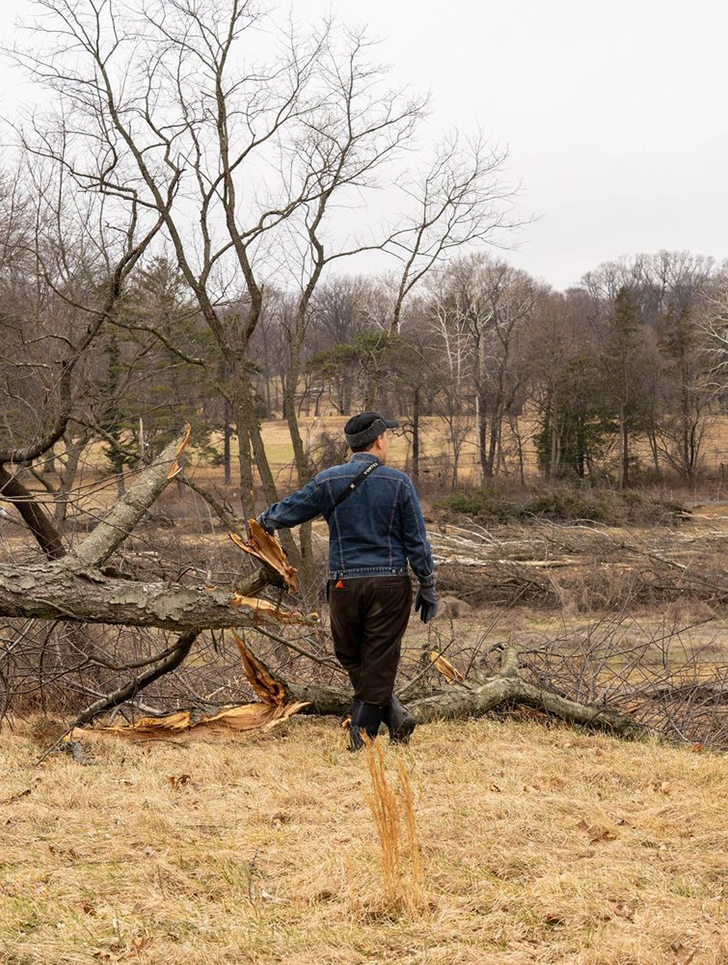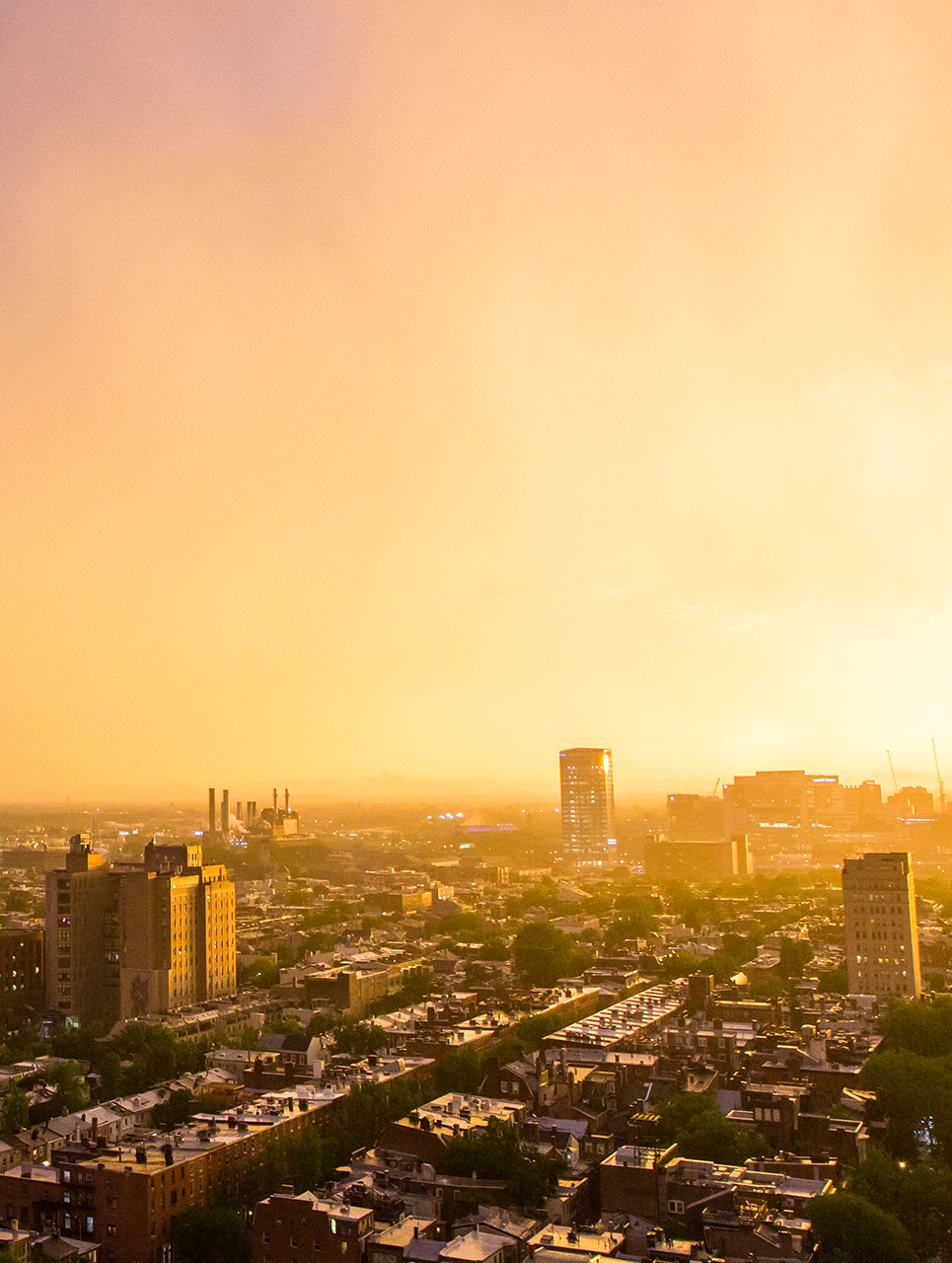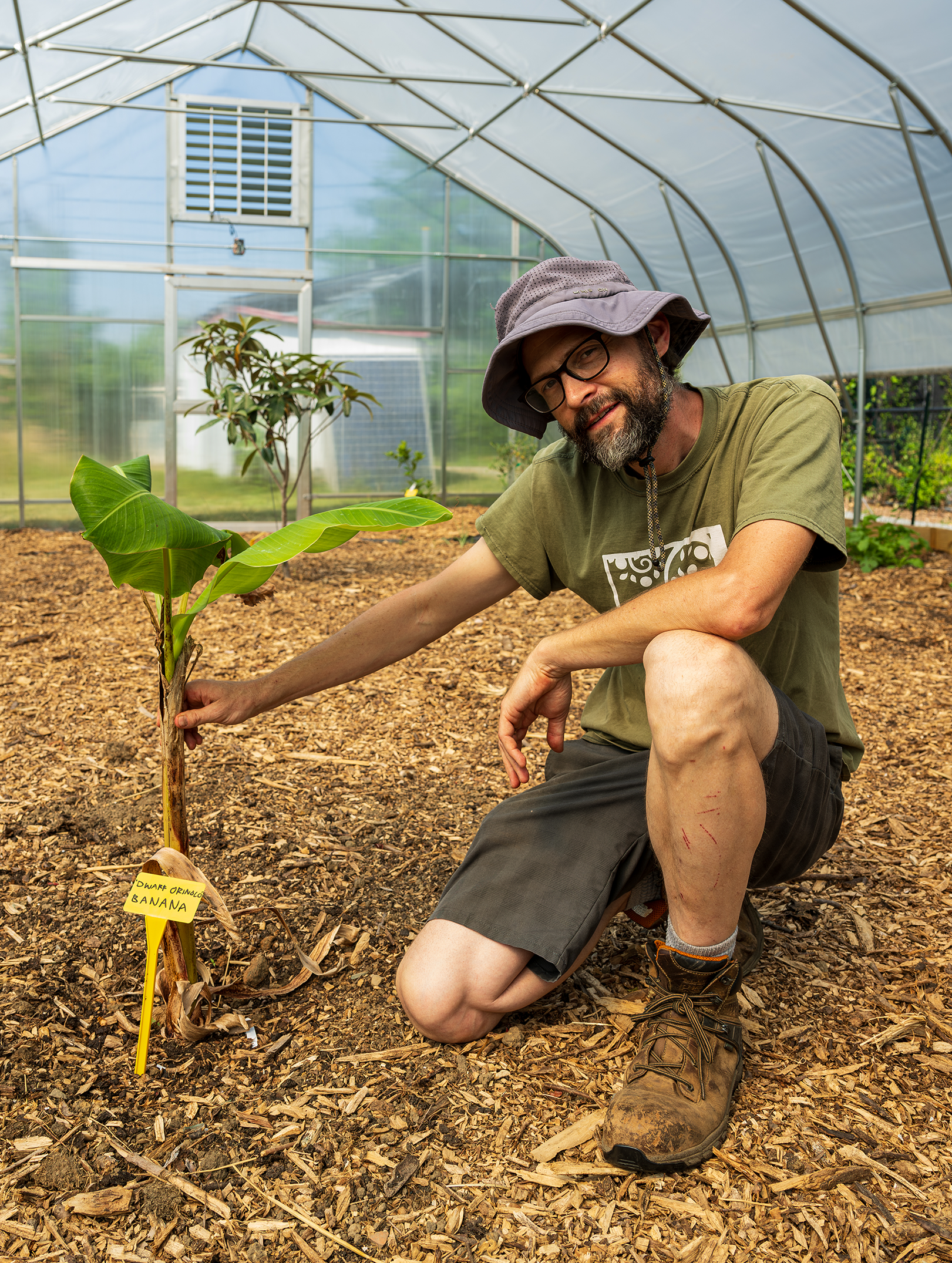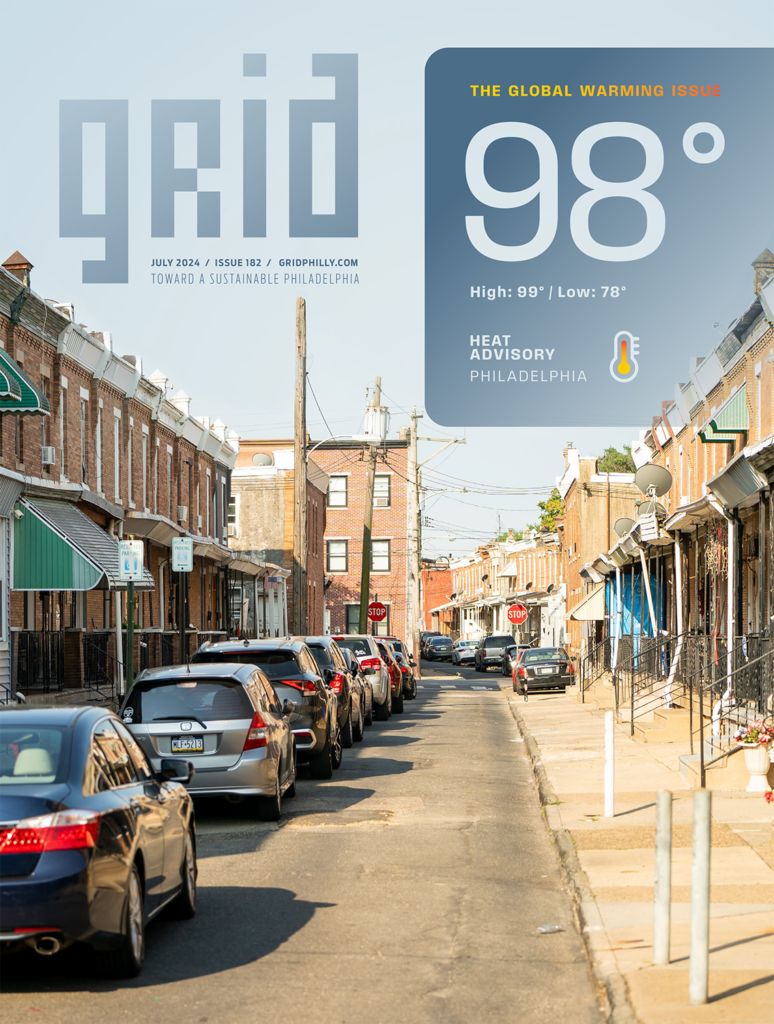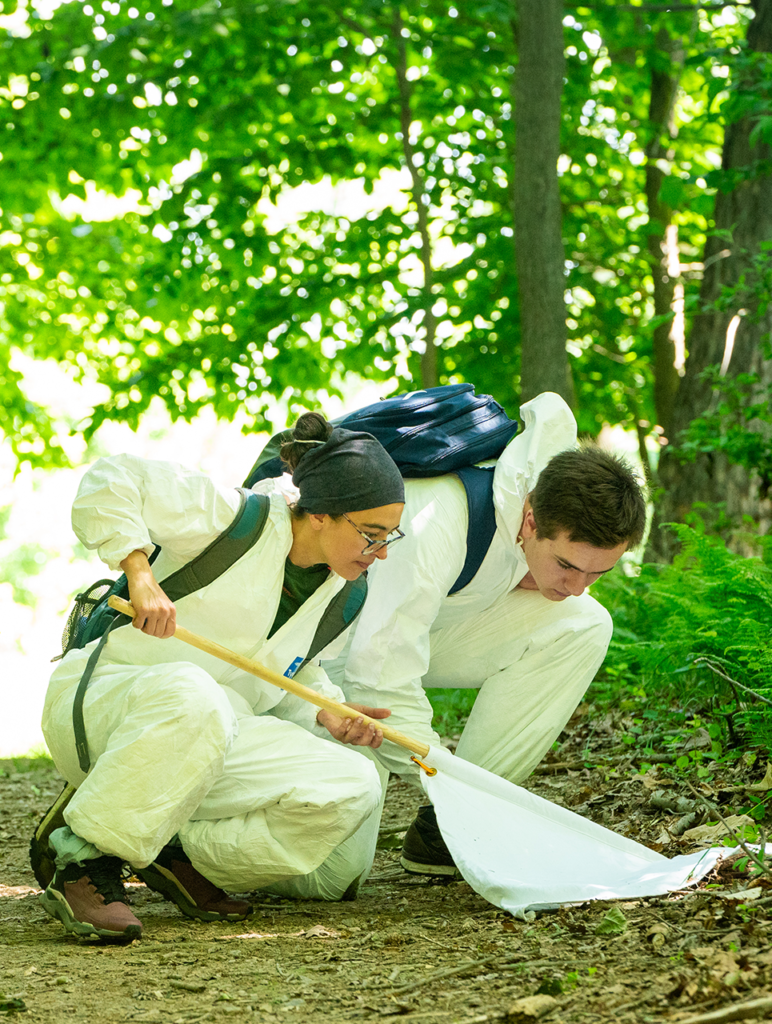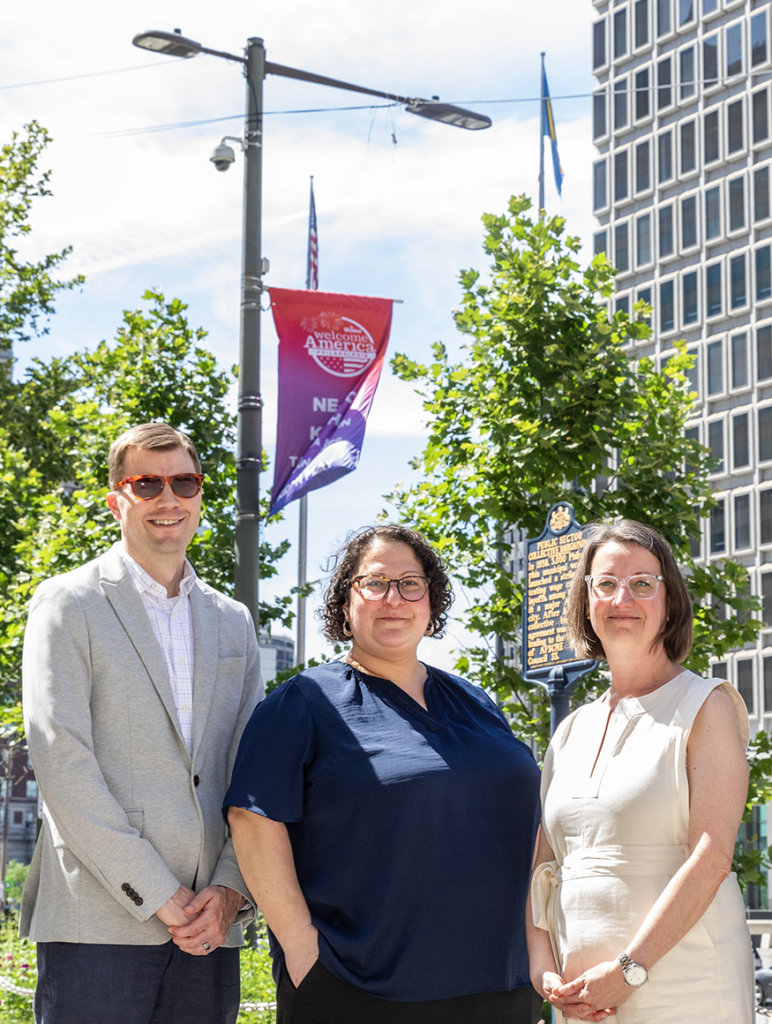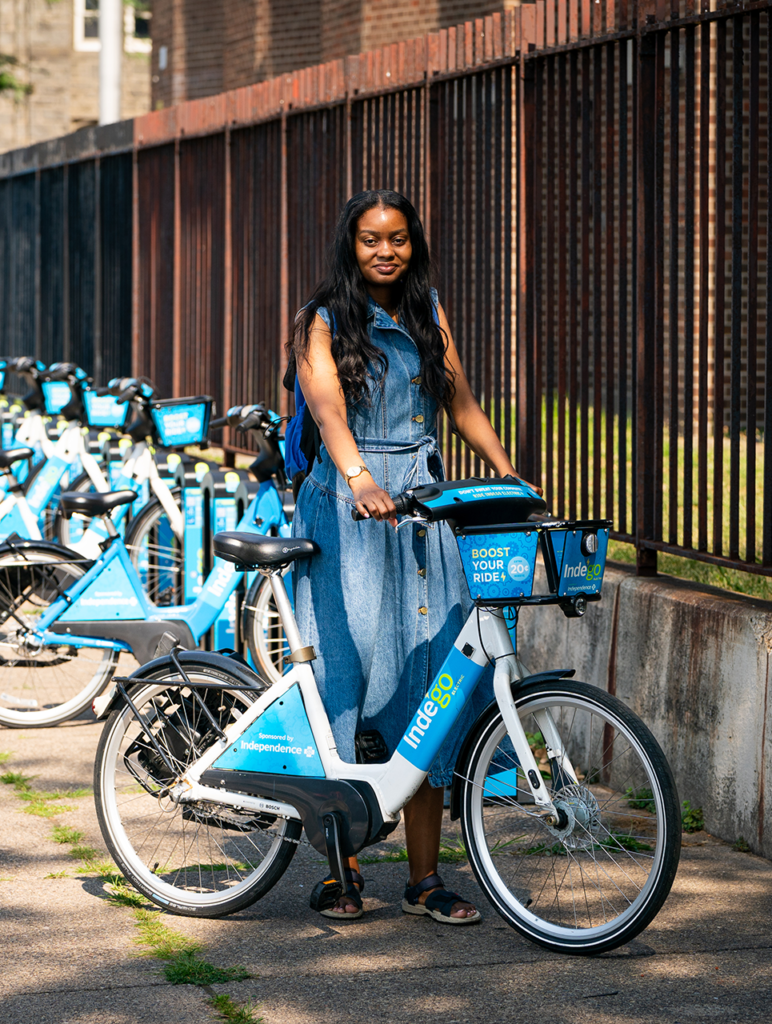In April, the Philadelphia Eagles scored a few days of positive publicity when quarterback Jalen Hurts donated $200,000 to install more than 300 air conditioning units in 10 Philly public schools. The problem the donation addressed is real; Philly’s ancient school buildings afflict our students with temperatures too hot to learn safely in our warming climate.
In 2023, Hurts signed a five-year contract for $255,000,000 dollars, as well as an endorsement deal with Nike for an undisclosed sum. That makes his donation less than two-fifths of a percent (0.39%) of his annual income.
The fanfare over the donation highlighted how little we expect from an industry like professional football. It also underplayed the scale of our students’ needs in a warming climate. Making our schools cool enough for learning will take more than one-off donations by millionaire celebrity athletes.
The need for air conditioning didn’t just pop up out of the blue. It is a symptom of a deeply underfunded school district that, for decades, has fallen behind on maintenance and has had to put off replacing failing systems. It’s no surprise that old school buildings lack central air conditioning systems, since they were built in a cooler time when these systems were far less prevalent. It’s also no surprise that many of their electrical systems can’t power air conditioning even if they had the equipment.
As of last year, the tab was between $8 and 9 billion to fully repair and renovate the district’s buildings. Meanwhile, politicians in Harrisburg have spent years dodging their obligation to fairly fund our kids’ education.
But what is true in Philadelphia is true everywhere: Poverty equals vulnerability to global warming. Heat preys on society’s weak and disadvantaged — people who work outside, the sick and the elderly, people who can’t afford to run air conditioners and, as is apparent in Philadelphia, kids whose school district gets shafted by a deeply unjust funding structure. It’s an issue Jeff Goodell, interviewed for this issue, makes clear in his book, “The Heat Will Kill You First.”
What makes this all so infuriating is that solutions exist on the school scale as well as citywide. What’s missing is the will to fund them. As Kyle Bagenstose writes in “Hot as Philly,” protecting our most vulnerable community members won’t be cheap, and the City doesn’t have a clear path to finding the money to make Philadelphia livable in the sweltering summers of today, let alone the even hotter summers of the future. We need more money to plant and maintain trees, to renovate thousands of old brick houses and to provide efficient cooling systems for low-income residents. When it comes to funding a livable future, it doesn’t seem that our leaders outside or inside Philadelphia care enough to act.
But they do care about sports. In 2001, the elected officials of Philadelphia chose to fund new stadiums for the Phillies and the Eagles. We’re still paying for them. Every year over the 30-year span of the deal, the City shells out $35 million (175 times Hurts’ donation). About $25 million goes to make payments on the money the City borrowed in 2001 to build the stadiums. The other $10 million goes to the Eagles for an operations and maintenance grant. Keep in mind that the Eagles franchise generates something like $500 million every year in revenue, and that Jeffrey Lurie, the team’s owner, is worth something like $4.6 billion.
How many air conditioners could that buy?
Bernard Brown, Managing Editor


